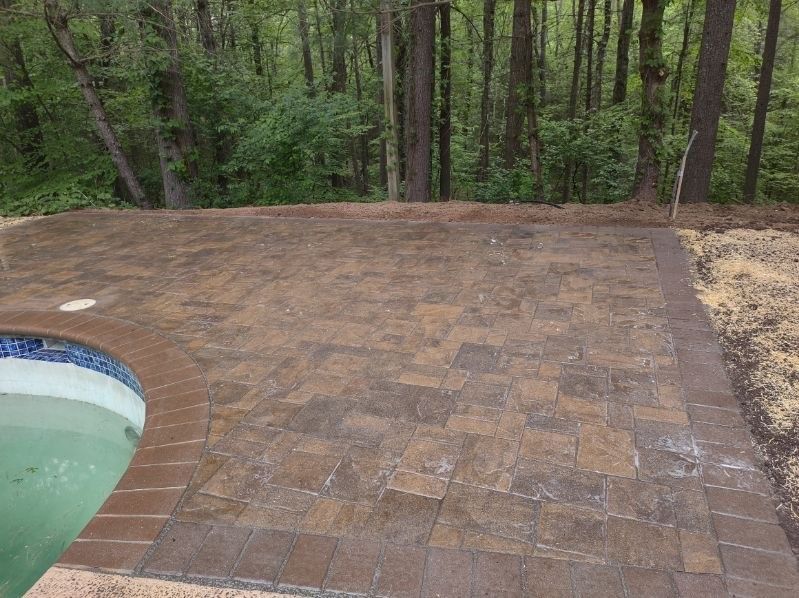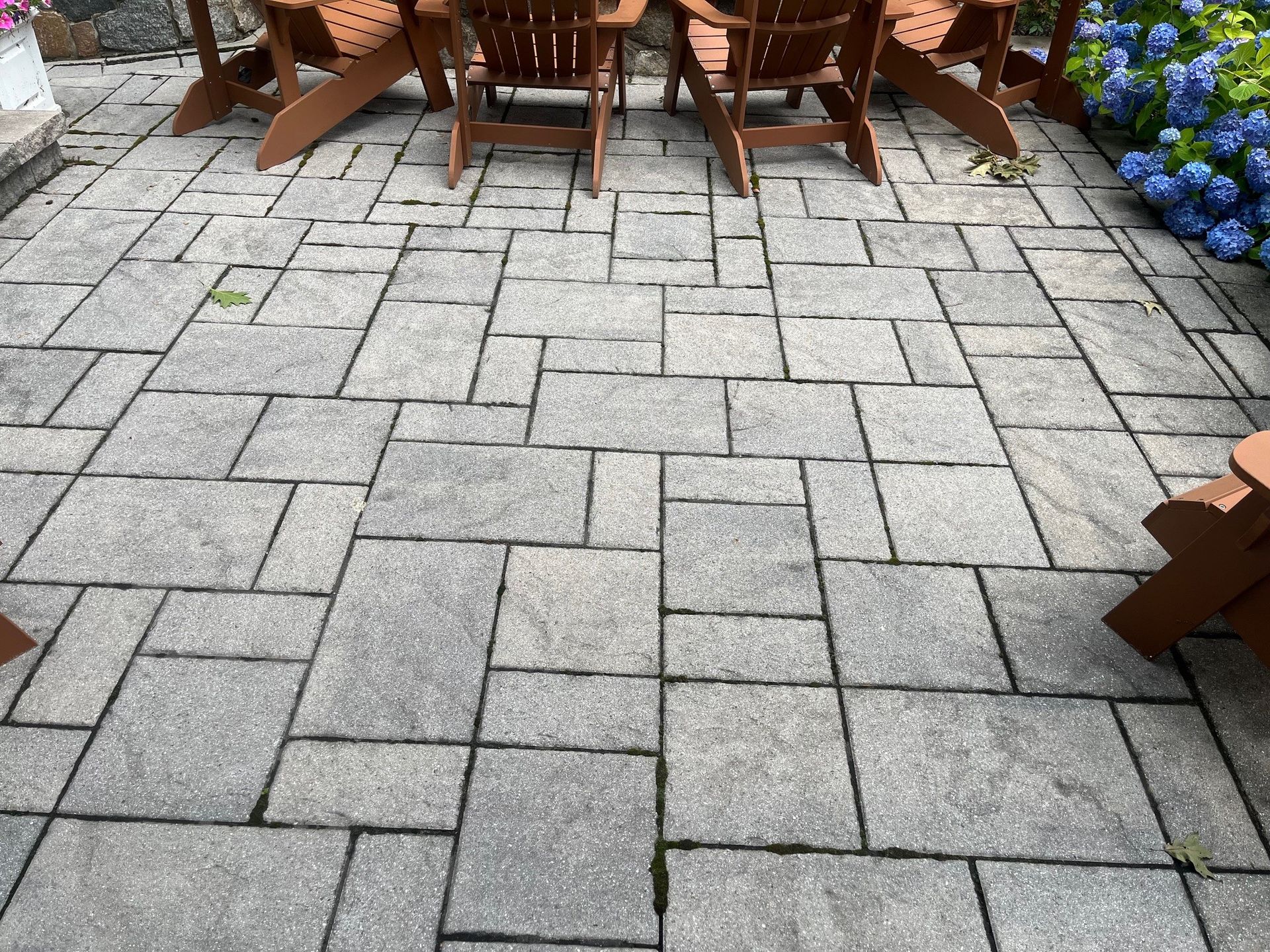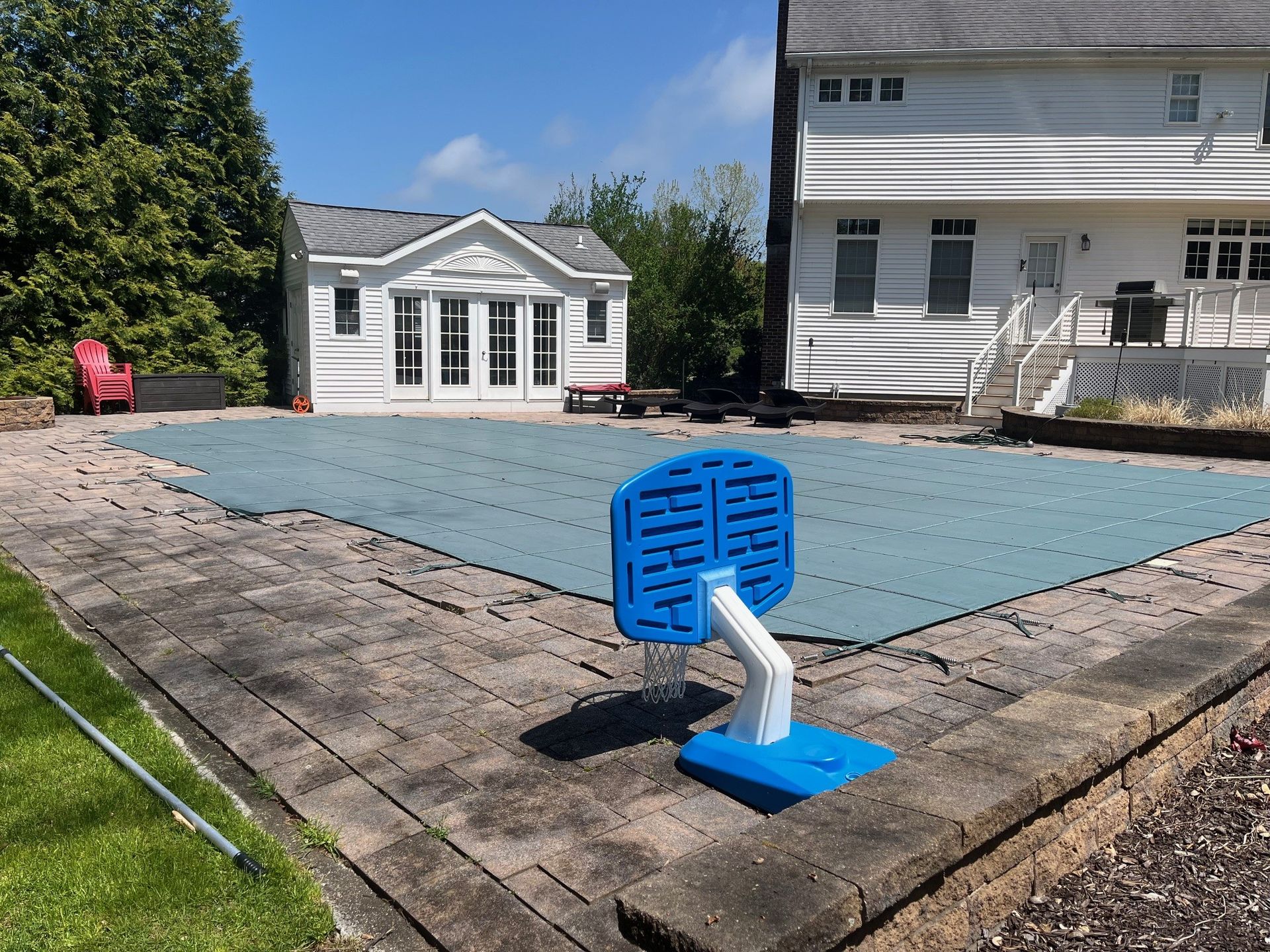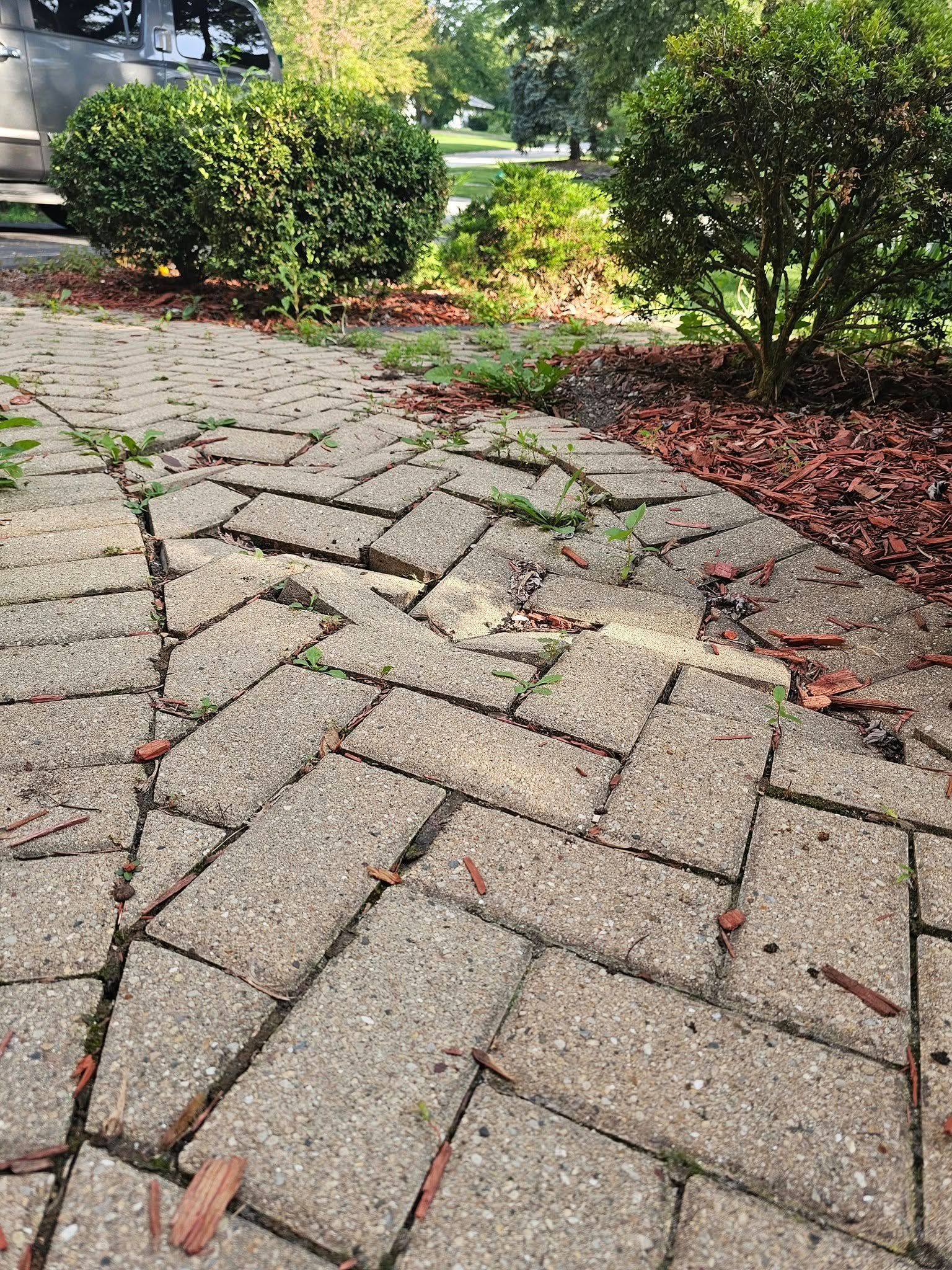Residential Design Build
Restoration Work
Fall in Love with your outdoor space again!
Just like any valuable investment, your outdoor living space deserves exceptional care to ensure it remains timeless and beautiful for years to come. Your patio and hardscape features are no exception. While weather and time naturally take their toll, a professional maintenance program preserves the craftsmanship, elegance, and integrity of your space -allowing you to enjoy its beauty and sophistication season after season.
Restoration Work
SIGNS THAT
RESTORATION IS NEEDED
Moss, algae, or mold growth:
These organisms retain moisture and make surfaces slippery.
Efflorescence (white powdery residue):
Indicates moisture moving through the material and depositing salts on the surface.
Salt or chemical corrosion:
Especially in colder climates, de-icing salts can cause pitting and surface breakdown of concrete and natural stone.
Trip hazards:
Uneven edges, lifted slabs, or wide joints can be dangerous
Loss of joint material:
Missing sand or mortar between pavers allows movement and weed growth.
Diminished appearance:
Stains, fading, or patchy finishes often prompt restoration for curb appeal, even if structural integrity remains sound.


Restoration Work
COMMON RESTORATION METHODS
CLEANING & SURFACE RENEWAL

Pressure washing:
Removes dirt, moss, and organic buildup.
Chemical cleaning:
Targets stains (oil, rust, or efflorescence)
STRUCTURAL REPAIR

Repointing or regrouting:
Replacing or renewing (joint material) between pavers to strengthen joints.
Releveling or relaying pavers:
Lifting and resetting displaced stones with a stabilized sub-base.
Drainage improvement:
Adding slope correction, French drains, or permeable paver systems to prevent water damage.
PREVENTIVE UPGRADES

Edge restraints or borders:
Prevent pavers from spreading outward over time.
Weed and root barriers:
Stop vegetation from displacing surfaces.
Regular maintenance plan:
Cleaning every 2–3 years, and addressing small cracks early to extend lifespan.




